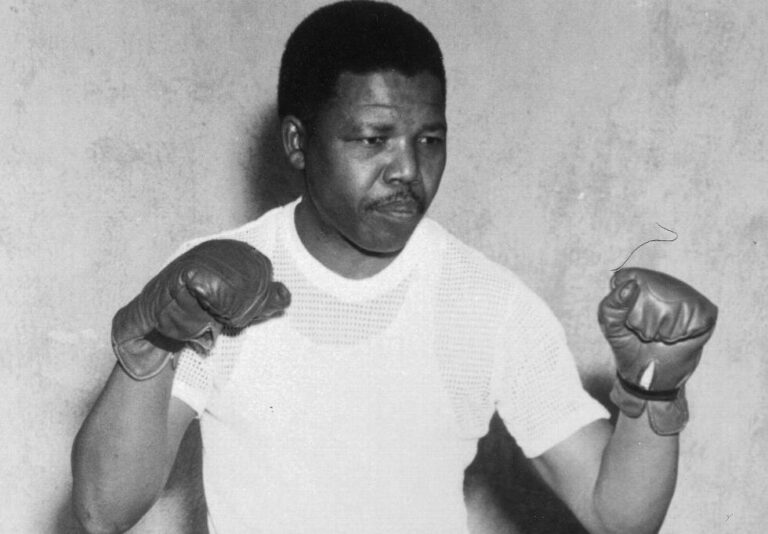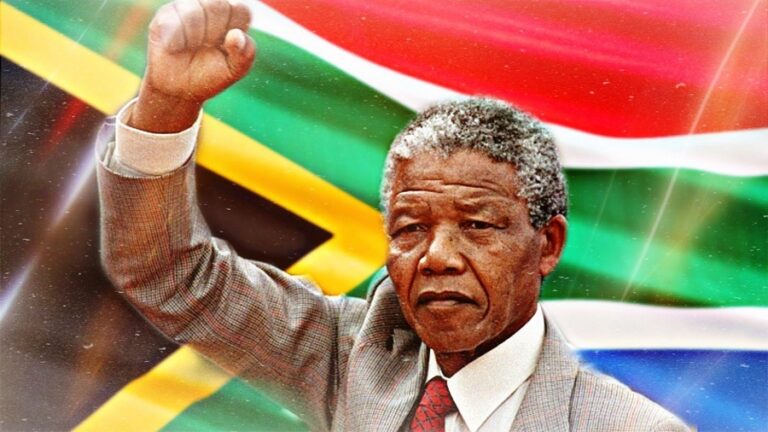Nelson Mandela was more than a revolutionary. He was the moral backbone of a nation in crisis. At the heart of South Africa’s battle against apartheid, Mandela emerged as a symbol of hope and resistance, leading the African National Congress (ANC) in its fight to dismantle decades of racial segregation and oppression.
Imprisoned for 27 years, Mandela never wavered in his belief in nonviolent resistance. His time behind bars became a global rallying cry, but it was his actions after release that truly reshaped South Africa. Rather than seeking revenge, he championed peace, urging dialogue with the same government that once branded him a criminal. Mandela’s post-prison years were defined by reconciliation. He knew that building a new South Africa required unity, not division. His leadership helped steer the country away from civil war and toward a fragile but vital democracy built on forgiveness, equality, and shared purpose.

His negotiations with then-President F.W. de Klerk laid the foundation for South Africa’s first multiracial elections in 1994, an event that marked the end of apartheid and the beginning of a new chapter. Mandela’s victory wasn’t just political, it was profoundly human. Beyond his homeland, Mandela became a global icon for justice. His calm defiance and dignity in the face of oppression inspired countless movements across the world, from civil rights campaigns to anti-colonial struggles. Mandela didn’t just liberate a nation. He redefined leadership for a generation, and left the world with a powerful blueprint for freedom, reconciliation, and enduring hope.
Some interesting facts about Nelson Mandela
-Mandela was born Rolihlahla Mandela, The name “Nelson” was given to him by a schoolteacher on his first day of school, a common colonial practice at the time.
-He turned a prison cell into a University. While imprisoned on Robben Island, Mandela and fellow inmates created what they called the “University of Robben Island”, where they debated philosophy, politics, and taught each other languages and skills.
-He Loved Boxing. Mandela was a huge fan of boxing, not for the violence, but for the discipline and mental focus it required. He trained regularly in his younger years and even kept up a fitness routine while in prison.
-He inspired more than 100 statues worldwide. Statues of Mandela can be found in more than 100 cities, including London’s Parliament Square, Washington, D.C., and Havana, Cuba.












प्रतिक्रिया